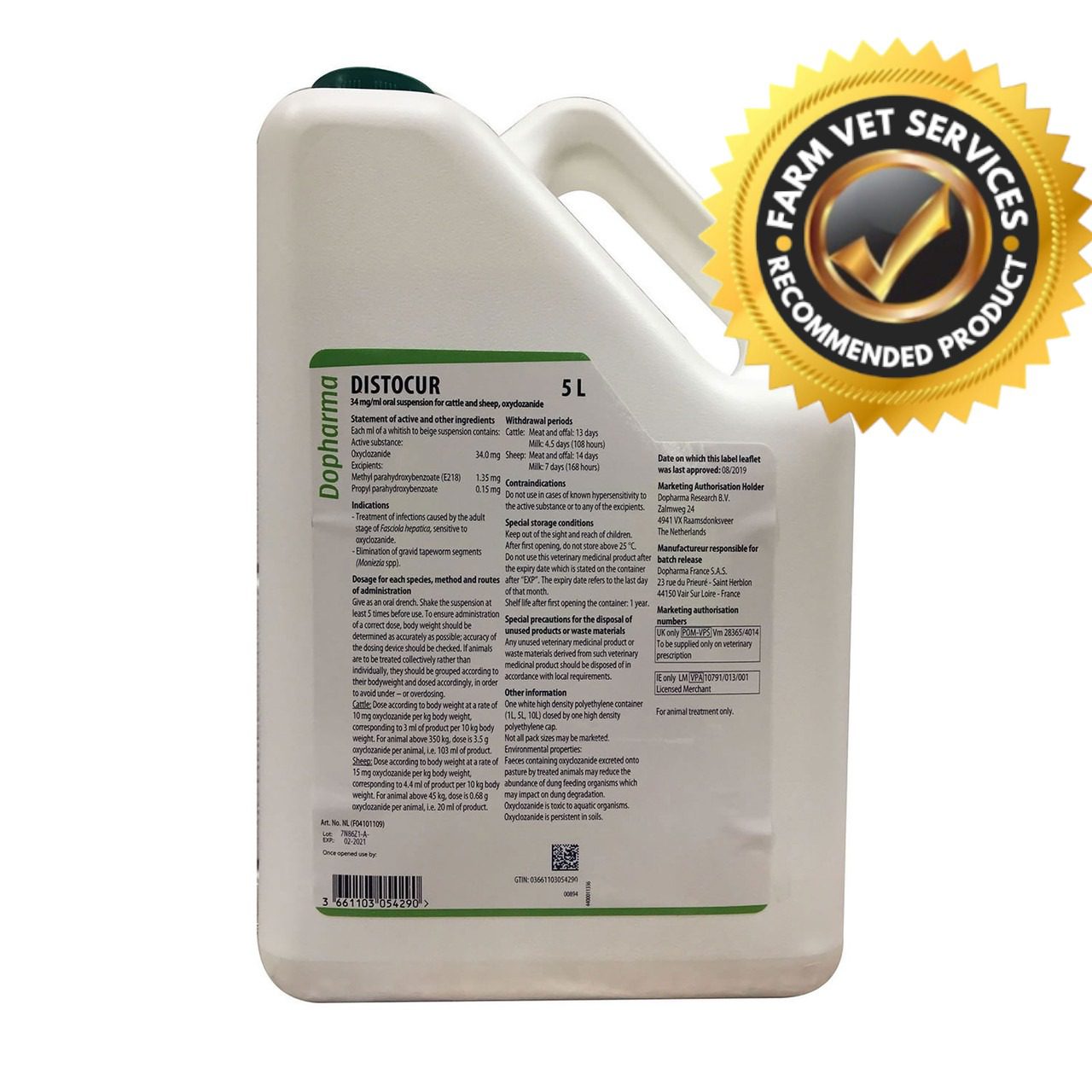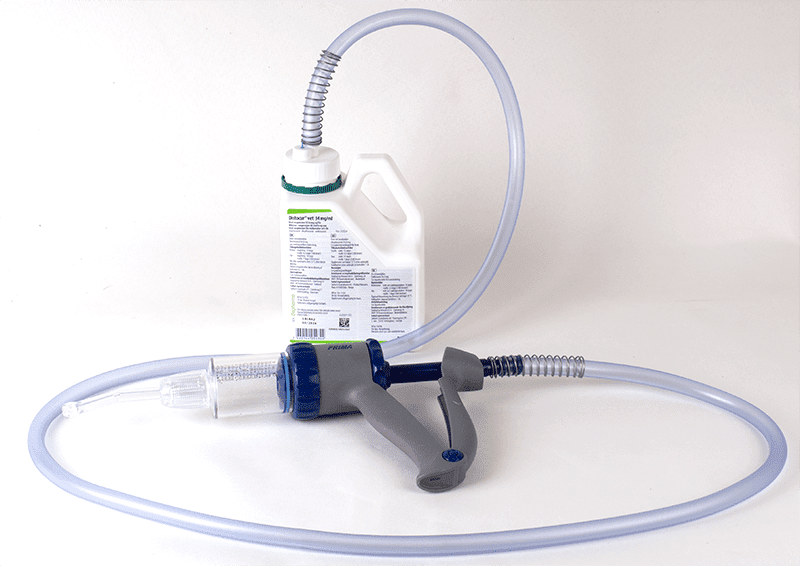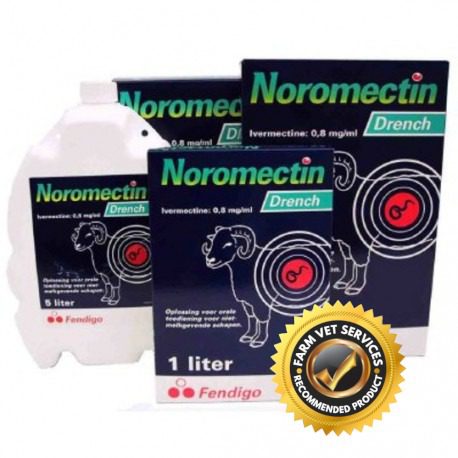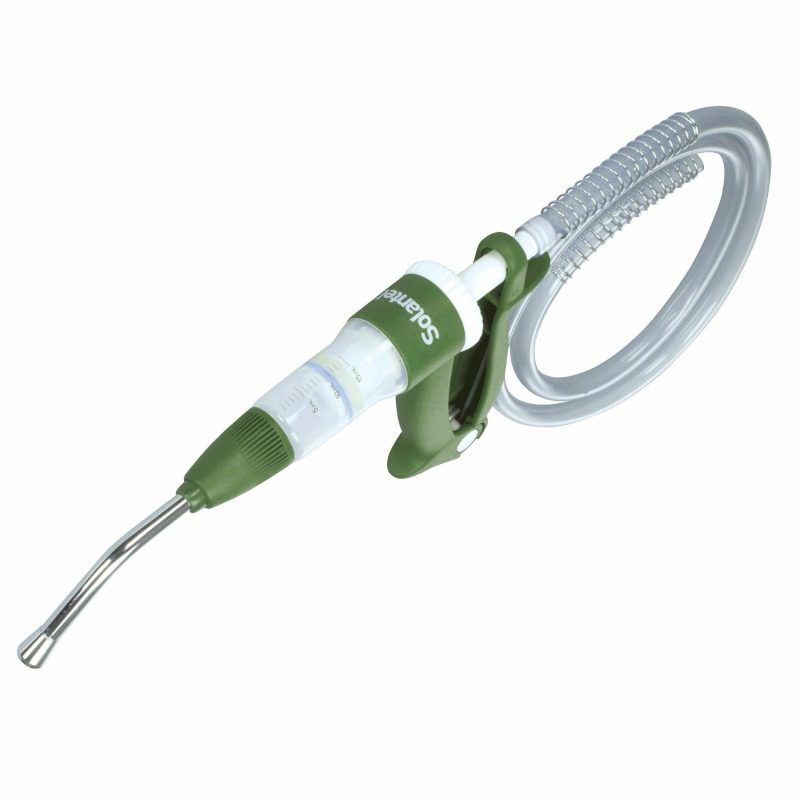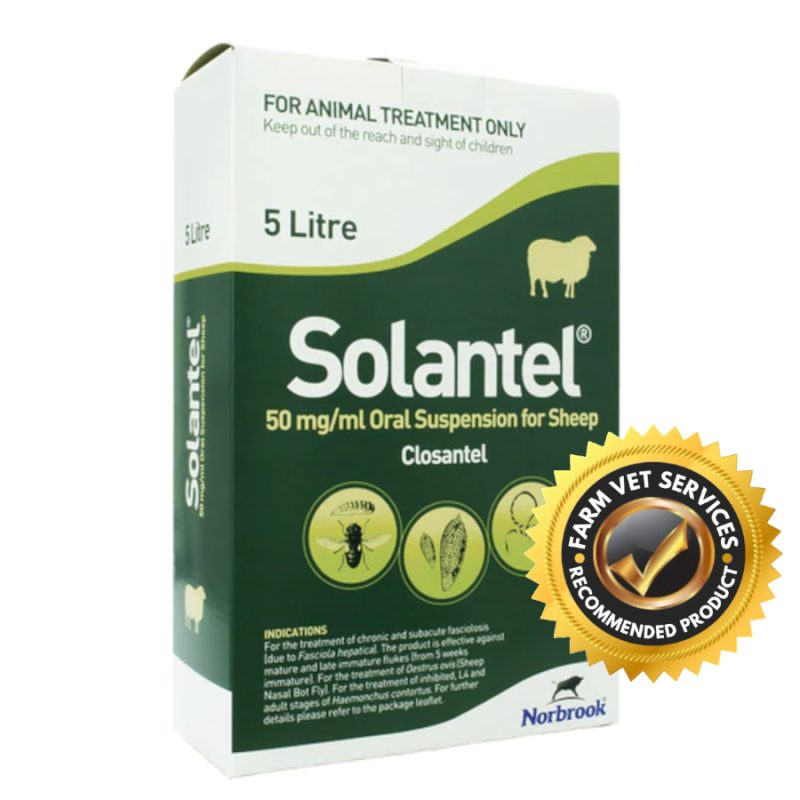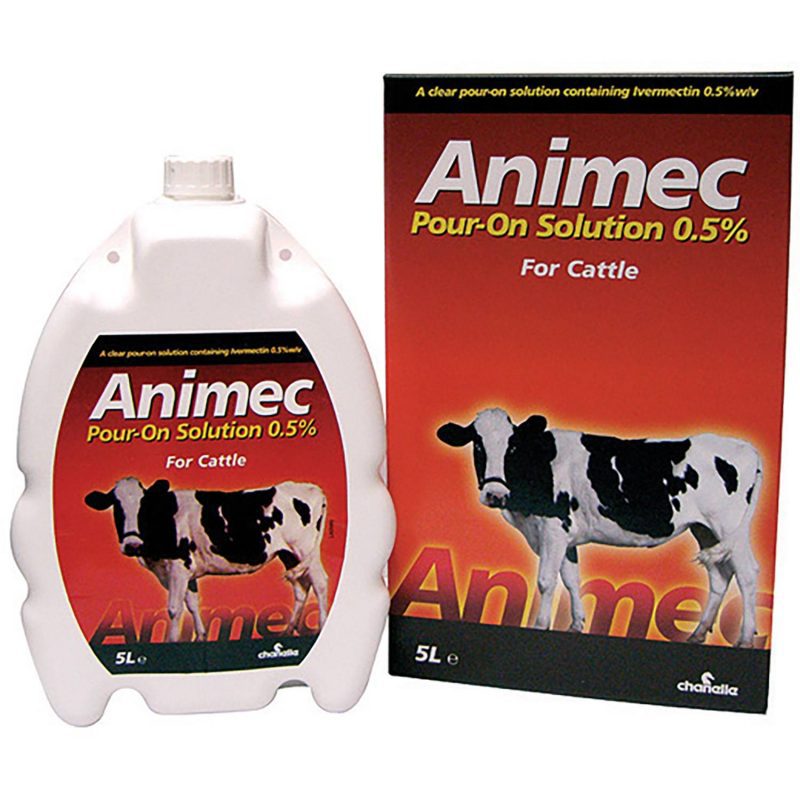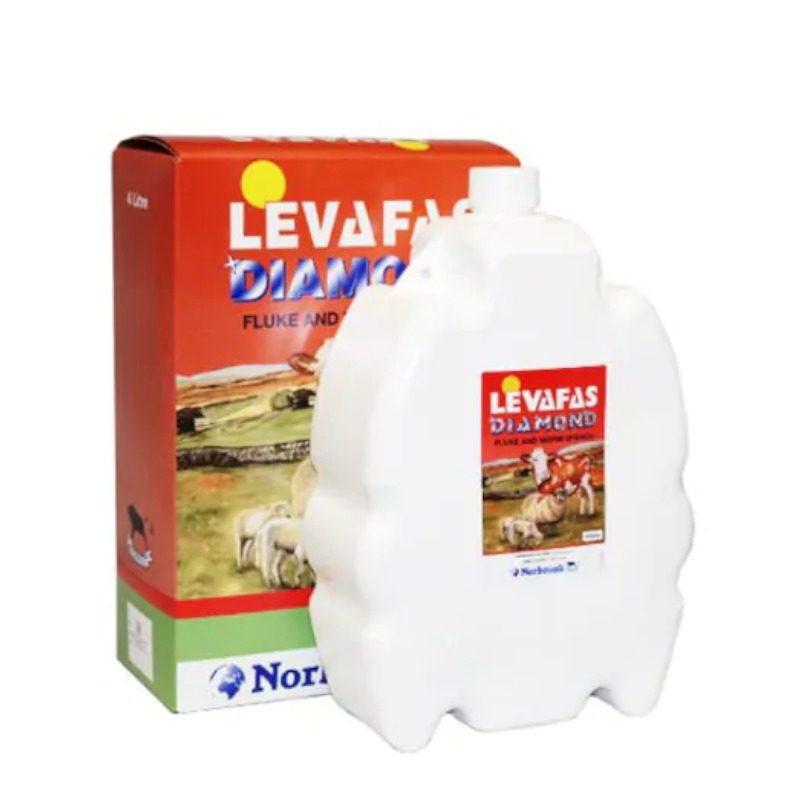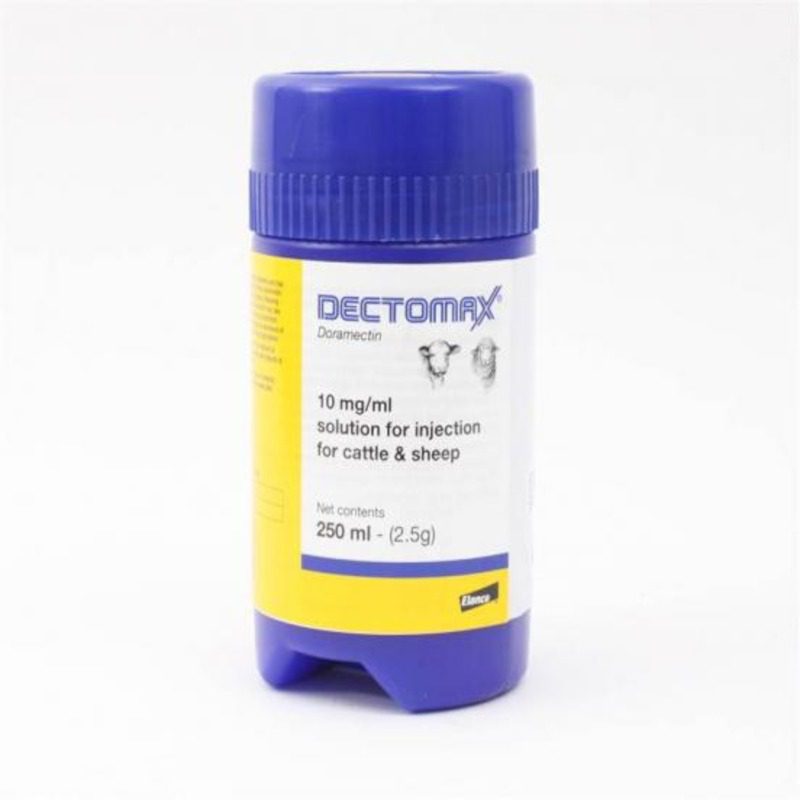DISTOCUR 5 LITRE


With Zanil and Rumenil not available to buy with no lead date this is the best alternative.
5 LITRE
Distocur fluke drench is an orally administered drench for the treatment and control of liver and Tapeworms in cattle and sheep.
Cattle and sheep: Treatment of infections caused by the adult stage of Fasciola hepatica, sensitive to oxyclozanide. Elimination of gravid tapeworm segments (Moniezia spp)
DISTOCUR 5 LITRE ADVERSE REACTIONS
In very rare cases (less than 1 animal in 10,000 animals treated, including isolated reports), a slight softening of
the faeces with animals showing increased frequency of defecation and transient inappetence may appear
DISTOCUR 5 LITRE CONTRAINDICATIONS
Known hypersensitivity to the active substance or to any of the excipients.
DISTOCUR 5 LITRE ROUTE OF ADMINISTRATION & DOSAGE
Oral use. If animals are to be treated collectively rather than individually, they should be grouped according to their body weight and dosed accordingly, in order to avoid under – or overdosing.
Cattle: 3 ml of product per 10 kg body weight. For animals above 350 kg, the dose is 103 ml of product.
Sheep: 4.4 ml of product per 10 kg body weight. For animals above 45 kg, the dose is 20 ml of product.
DISTOCUR 5 LITRE WITHDRAWAL PERIOD
Withdrawal Cattle: Meat and offal: 13 days; Milk: 4.5 days
Withdrawal Sheep: Meat and offal:14 days; Milk: 7 days
DISTOCUR 5 LITRE SPECIAL WARNINGS
Special warnings for each target species To date no resistance to oxyclozanide has been reported. Use of the product should be based on local (regional, farm) epidemiological information about the susceptibility of trematodes and recommendations on how to limit further selection for resistance to anthelmintics. At normal dose levels, oxyclozanide is not active against immature flukes present in liver tissue. Milking cattle, particularly high yielders, may show a reduction in yield, occasionally of 5% or more, for about 48 hours after handling. The effect of this small loss may be minimised by spreading herd dosing over a period of about one week.
DISTOCUR 5 LITRE SPECIAL PRECAUTIONS FOR USE IN ANIMALS
To avoid damage to the pharyngeal region, care should be taken when administering a dosing gun. Adverse effects are occasionally enhanced in animals suffering from severe liver damage and dehydration at the time of dosing. Due regard must always be given to the physical condition of animals undergoing treatment, particularly those in advanced pregnancy and/or under stress from adverse weather conditions, poor nutrition, penning, handling, etc.
DISTOCUR 5 LITRE OTHER PRECAUTIONS
Oxyclozanide is toxic to dung fauna and aquatic organisms. The risk can be reduced by avoiding too frequent and repeated use of oxyclozanide in cattle. Treated cattle must not graze near watercourses and must not have access to water bodies for 5 days after treatment.
DISTOCUR 5 LITRE USE DURING PREGNANCY & LACTATION
Laboratory studies during different phases of reproduction have not produced any evidence of teratogenic or foetotoxic effects, or negative effects on fertility. Can be used during pregnancy and lactation. However care should be taken when treating heavily pregnant animals and animals under stress from adverse weather conditions, poor nutrition, penning,
handling etc.
DISTOCUR 5 LITRE OVERDOSE
(symptoms, emergency procedures antidotes)
The adverse reactions observed at normal doses are more pronounced at increased doses. At doses of 50 mg/kg there is a risk of death. The effects of oxyclozanide overdosage are dullness and some loosening of faeces in sheep and possible diarrhoea, inappetence and loss of weight in cattle. These effects are very rarely enhanced in animals with severe liver damage and/or dehydration at the time of dosing.
You will be required to fill out an easy VPS form after checkout of this product

